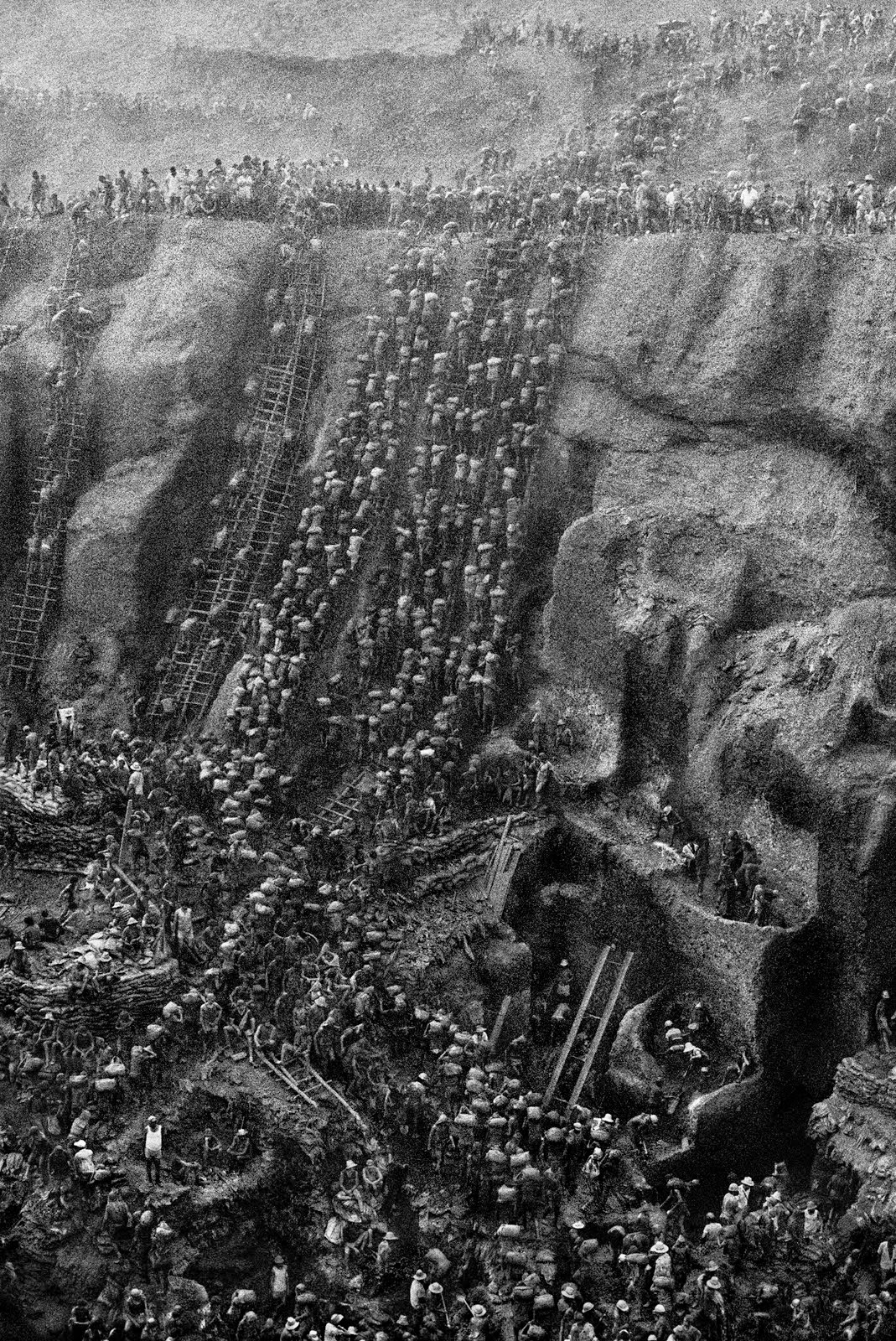Visual literacy: Power of a photo
Right off the bat, I have to fess up to loving the series
Captured History and Captured World History.
I've blogged about one of the books, Migrant Mother by Don
Nardo a while back, in fact.
And I'm immensely grateful that the publisher (Compass Point Books) has branched out into world history with their latest offerings.
These books focus on iconic photographs that have had an
impact on the viewing public, changing and forming public opinion about social
issues such as migrant workers during the American Depression era, about child
workers in the early 1900s, the cost of
war, specifically the American civil war, the environment, and international
politics to name but a few.
They are organized following a basic format: rudimentary background about the ‘moment’ to
set up the image, in-depth historical
information about the period,
information about the photographer, his/her work and what was happening when
he/she took the photograph and then, what lasting impact the image has had.
Also included are timelines, glossary, reading lists, internet resources,
bibliography, index, and a few critical thinking questions.
These real-life stories really get you into the picture
you’re looking at, establishing context so that we can understand why the photo
was and often still is important and what were the implications for social
change.
So, have I convinced you that these series are worth
checking out?

Another recent arrival in the Doucette Library is PhotosFramed: a fresh look at the world’s most memorable photographs by Ruth Thomson.
It does a similar job focusing on notable images (27 of them
to be precise). These are organized into
groupings according to the intent of the photo.
Categorized as portraits, nature, art, and documentary, each section displays several photographs
that range over time. For example,
Portraiture includes an 1844 image of Louis Daguerre who produced the first
permanent photograph, a 1949 of Pablo Picasso, Che Guevara in 1960, Afghan girl
in 1985, and the Royal Wedding of Prince William and Kate Middleton in 2011.
Each photo is accompanied by a preceding page that contains
information about the photograph, the photographer, two boxed commentaries that
zoom in on very specific aspects of the image, and three questions to make the
viewer think a little more deeply about this image.
For example, when viewing the famous National Geographic
1985 photo of a refugee Afghan girl we are asked to think about:
*How does the girl’s direct stare make you feel?*How might the effect of this photograph have differed if the photographer had taken a wider shot?*If you had to put this photograph into a category, with would you choose: portrait or documentary or both? Why?
I found this book fascinating because it did include so many
images, many that I was unfamiliar with, so I could browse. The point of memorable images is that they
draw you in, make you wonder what the story is, and then revisits you time and
again.
Take the 1986 photograph of the Serra Pelada gold mine taken
by Sebastiao Salgado (pp.52&53) that document
the enormity of the man-made mine, with carved-out hollows and terraces and long, rickety ladders leaning against its steep sides. The packed crowd of miners, shifting their loads of earth, appears to move as one, in a continuous flow, like ants.It is an evocative image.
There is some overlap between the Capturing History series
and Photos Framed which I found interesting and great for comparing the two.
Check out Tank Man: how a photograph defined China’s protest movement by Michael Burgan and p. 54 and 55 in Photos Framed. Tank Man (the book) is full on – everything you need to
know. Photos Framed is much more cursory
with just the basics for context. The
questions posed by each are interesting and, I think, complementary. Photos Framed gives us three questions that
make us analyze and deconstruct this specific image whereas Tank Man provides
questions that take us beyond the image having us think about the implications,
like the attitude of the protesters, understanding aspects of democracy, and
the power of such an image.
I’m recommending both books for the middle grades (grades 5-9’ish) but I think students in high school would find these fascinating and
very approachable. Students working
below reading level might feel less daunted but still come away with an
increased understanding about significant moments in history and today’s world.

















0 comments:
Post a Comment